Road Ready Mindset Building Community and Health for Nomads
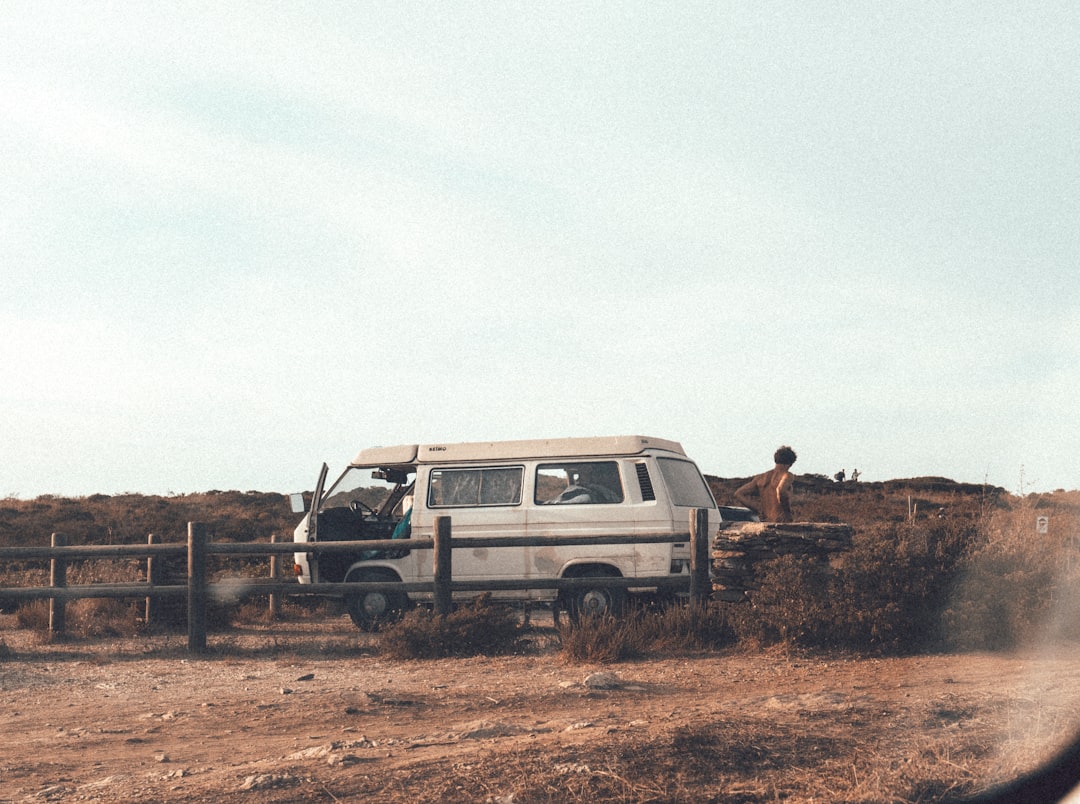
Introduction
Living a life untethered from a fixed address is both exhilarating and demanding. The digital nomad movement has turned remote work into a global lifestyle, allowing people to swap office cubicles for coffee‑filled cafés, beach huts, or mountain lodges. Yet the freedom that draws many to the road also brings a unique set of mental, social, and physical challenges. Loneliness, irregular sleep, inconsistent nutrition, and the pressure to stay productive can erode the very joy that prompted the nomadic leap.
The purpose of this guide is to outline a “road ready” mindset that supports health, wellbeing, and community building for nomads. It blends practical habits, evidence‑based mental‑health strategies, and social‑connection tactics that can be applied anywhere—from bustling Bangkok streets to quiet co‑living villages in Portugal. By the end of this article you will have a toolbox of practices that help you stay grounded, healthy, and connected while you explore the world.
The Road Ready Mindset
A mindset is a collection of attitudes, beliefs, and habits that shape how we interpret experiences. For nomads the mindset must be adaptable, resilient, and oriented toward growth. Below are the core pillars of a road ready mental framework.
Curiosity Over Comfort
When the next destination appears, curiosity drives you to explore new cultures, foods, and ideas. Comfort, on the other hand, can become a trap that leads to stagnation. Treat each city as a laboratory where you can test new routines, meet strangers, and discover hidden strengths.
Intentional Flexibility
Flexibility does not mean going with the flow without direction. It means planning with the awareness that plans will change. Set clear goals—such as “run three times a week” or “join a local meetup”—but allow the how and when to shift based on local circumstances.
Growth‑Centred Self‑Compassion
Nomadic life is a series of experiments, some successful, many not. Replace self‑judgment with self‑compassion. Acknowledge the effort you are putting into navigating uncertainty, and treat setbacks as data points for future improvement.
Community as a Lifeline
Humans are wired for social connection. Viewing community as an essential part of your health plan rather than a nice‑to‑have amenity changes the way you allocate time and energy. Prioritise building relationships in each location, even if they are brief.
Foundations of Mental Health on the Road
Recognise the Unique Stressors
Digital nomads face stressors that differ from traditional office workers. These include:
- Geographic instability – frequent moves can trigger feelings of impermanence.
- Time‑zone juggling – overlapping work hours can blur boundaries between work and personal time.
- Social isolation – leaving behind family and friends can create loneliness.
- Cultural dissonance – language barriers and unfamiliar norms may cause anxiety.
Awareness of these stressors is the first step toward managing them.
Establish a Baseline Check‑In
Before you set foot in a new city, conduct a mental‑health baseline check‑in. Use a simple questionnaire:
- How many hours of sleep did I get last night?
- On a scale of 1‑10, how stressed do I feel right now?
- What emotions are most present (e.g., excitement, anxiety, fatigue)?
- What physical sensations am I noticing (e.g., tension, stomach upset)?
Write the answers in a digital note or a small journal. Revisiting this baseline each week helps you spot trends and intervene early.
Create a Personal Wellbeing Contract
Draft a brief contract with yourself that outlines non‑negotiable wellbeing practices. Example clauses:
- I will schedule at least 30 minutes of movement each day.
- I will limit screen time after 9 p.m. to protect sleep quality.
- I will reach out to a friend or community member at least twice a week.
Sign the contract mentally each morning. This ritual reinforces commitment and builds accountability.
Building Community While Traveling
Choose the Right Platforms
Online platforms act as the first point of contact for many nomads. Select tools that align with your personality and goals:
- Slack or Discord groups – ideal for topic‑specific conversations (e.g., remote‑work productivity, wellness).
- Meetup.com – useful for discovering local events and hobby groups.
- Facebook groups – often host city‑specific nomad communities with regular “coffee meet‑ups.”
- Couchsurfing – provides both accommodation and social events for travelers.
Create a shortlist of groups before arriving in a new location and introduce yourself with a brief, friendly message.
Leverage Co‑Living and Co‑Working Spaces
Co‑living houses, shared apartments, and co‑working hubs are fertile ground for forming lasting connections. They often host community dinners, skill‑share nights, and group excursions. When selecting a space, ask about:
- Frequency of community events
- Availability of private work zones
- Policies on guest visits and quiet hours
Participating actively in these events accelerates relationship building.
Host Micro‑Events
You do not need a large venue to foster community. Organise micro‑events that fit your schedule and resources:
- Morning coffee circles – invite fellow remote workers for a 15‑minute coffee chat before work.
- Skill‑swap sessions – exchange knowledge on topics like photography, coding, or language learning.
- Cultural potlucks – ask each participant to bring a dish from their home country.
Even a small, recurring gathering can create a sense of belonging.
Practice “Open‑Door” Hospitality
If you have a stable internet connection and a comfortable workspace, offer to let fellow nomads use your desk or Wi‑Fi for a short period. Small gestures of generosity often lead to reciprocal support when you need it.
Physical Health Strategies
Physical health underpins mental resilience. The nomadic lifestyle can disrupt routine, but with intentional planning you can maintain strength, flexibility, and vitality.
Nutrition on the Move
Stock Smart, Cook Simple
When you arrive in a new city, locate a local market that sells fresh produce, legumes, and whole grains. Purchase versatile staples such as:
- Brown rice or quinoa
- Canned beans or lentils
- Seasonal vegetables
- Eggs or tofu for protein
These ingredients can be combined into a variety of dishes without requiring extensive culinary skill.
Embrace One‑Pot Meals
One‑pot meals reduce cleanup and save time. Example recipe:
- Sauté onion, garlic, and diced carrots in olive oil.
- Add a cup of rinsed lentils, a can of diced tomatoes, and enough broth to cover.
- Simmer until lentils are tender, then stir in spinach and season with salt, pepper, and a squeeze of lemon.
Adjust the vegetables based on what is locally available.
Use Portable Nutrition Tools
Invest in a compact blender or a manual food processor for smoothies and nut‑butter preparation. A small set of reusable containers makes meal prep and storage straightforward.
Exercise Anywhere
Bodyweight Routine
A 20‑minute bodyweight circuit can be performed in a hotel room, a park, or a co‑working lounge. Sample circuit:
- 30 seconds of jumping jacks
- 30 seconds of push‑ups (modify on knees if needed)
- 30 seconds of squats
- 30 seconds of plank
- Rest 30 seconds, repeat 4 times
Progress by increasing duration or adding variations such as plyometric jumps.
Outdoor Activities as Exploration
Turn sightseeing into cardio. Walk or bike through neighborhoods, climb local hills, or swim in a nearby lake. These activities provide both exercise and immersion in the local environment.
Join Local Fitness Communities
Many cities have free yoga in the park, group runs, or community dance classes. Search on Meetup or ask in co‑living spaces. Participating in a class not only gives you a workout but also introduces you to new people.
Sleep Hygiene on the Road
Create a Consistent Pre‑Sleep Routine
Even if your bedtime varies, signal to your body that sleep is approaching with a 20‑minute routine:
- Dim lights and turn off bright screens.
- Perform gentle stretches or a short meditation.
- Write down any lingering thoughts in a journal.
Consistency reinforces the body’s internal clock.
Optimize the Sleep Environment
- Use a travel‑friendly eye mask and earplugs to block light and noise.
- Keep the room temperature cool (around 65‑70 °F) if possible.
- Bring a small, familiar scent such as lavender oil to create a calming cue.
Manage Time‑Zone Shifts
When crossing multiple time zones, expose yourself to natural daylight during the day and avoid bright screens in the evening. Consider a short melatonin supplement (0.5 mg) for the first few nights, but consult a healthcare professional if you have any conditions.
Managing Stress and Anxiety
Breathwork for Immediate Relief
Simple breath techniques can calm the nervous system within minutes.
- Box breathing: Inhale for four counts, hold for four, exhale for four, hold for four. Repeat five cycles.
- 4‑7‑8 breathing: Inhale through the nose for four counts, hold for seven, exhale through the mouth for eight. Perform three rounds.
Practice these before important meetings or whenever anxiety spikes.
Structured Journaling
Journaling provides an outlet for processing emotions and tracking progress. Use a three‑part structure:
- Morning intention – what you aim to achieve today, both work‑related and personal.
- Mid‑day check‑in – note any stressors, wins, or shifts in mood.
- Evening reflection – what went well, what could be improved, and a gratitude note.
A digital note app or a pocket notebook works equally well.
Digital Boundaries
Remote work can blur the line between personal and professional time. Set clear digital boundaries:
- Define “core work hours” that align with your team’s expectations.
- Use a separate email address for freelance or client work to avoid constant notifications.
- Turn off push notifications on non‑essential apps during off‑hours.
Mindful Consumption of News and Social Media
Constant exposure to global headlines can increase anxiety. Schedule limited windows—perhaps 15 minutes in the morning and 15 minutes in the evening—to catch up on news, then shift focus to personal activities.
Digital Tools for Wellbeing
| Category | Tool | How It Helps |
|---|---|---|
| Meditation | Insight Timer, Headspace | Guided sessions ranging from 5 to 30 minutes |
| Habit Tracking | Habitica, Streaks | Visualizes consistency and provides reminders |
| Sleep Monitoring | Sleep Cycle, Oura Ring | Tracks sleep stages and offers improvement tips |
| Exercise Planning | Nike Training Club, FitOn | Offers bodyweight workouts adaptable to any space |
| Community | Nomad List, Remote Year Slack | Connects you with location‑specific groups |
| Language Learning | Duolingo, Memrise | Facilitates cultural integration and conversation starters |
| Finance Management | YNAB, Revolut | Keeps track of expenses across multiple currencies |
Experiment with a few tools and retain only those that genuinely add value without creating additional overwhelm.
Creating Routines in Unpredictable Environments
Routines provide stability, but the nomadic lifestyle demands flexibility. The key is to identify “anchor activities” that you can perform regardless of location.
Anchor Activities
- Morning stretch – a 5‑minute mobility routine that can be done on a bed or floor.
- Evening gratitude note – a single line written in a journal or digital note.
- Weekly check‑in with a friend – a scheduled video call that anchors social connection.
Because these activities require minimal equipment and time, they survive in hostels, apartments, or shared rooms.
The “Mini‑Routine” Framework
Instead of a long, rigid schedule, build mini‑routines of 10‑15 minutes that fit into natural gaps:
- Pre‑coffee ritual – brew coffee, read a short article, set three priorities.
- Post‑lunch walk – 10‑minute stroll to clear the mind and aid digestion.
- Pre‑sleep wind‑down – dim lights, stretch, and journal.
Stacking these mini‑routines creates a full‑day structure without feeling forced.
Cultivating Resilience
Resilience is the capacity to bounce back from setbacks. For nomads, resilience can be intentionally trained.
Reframe Challenges as Learning Opportunities
When a visa application is delayed or a flight is canceled, ask yourself what new skill or resource you are acquiring—patience, problem‑solving, or local navigation.
Develop a “Toolbox” of Coping Strategies
Maintain a list of go‑to strategies for moments of overwhelm:
- Short walk outside
- Listening to a favorite playlist
- Calling a trusted friend
- Practicing a quick body scan meditation
Having this list readily available reduces the mental effort of deciding what to do in the heat of the moment.
Practice Acceptance Meditation
Acceptance meditation involves observing thoughts and sensations without judgment. Even a 5‑minute session each day reinforces the habit of letting go of resistance to circumstances you cannot control.
Social Connection Strategies
The “Three‑Contact” Rule
Aim to establish three meaningful contacts within each new location:
- Local guide or friend – someone who can show you hidden spots.
- Professional peer – a fellow remote worker you can discuss projects with.
- Community organizer – a person who coordinates events or meet‑ups.
These three roles cover personal, work, and social dimensions, providing a balanced support network.
Language Basics as Social Glue
Learning a handful of phrases in the local language signals respect and opens doors. Start with greetings, thank you, and how‑to‑ask for directions. Even if your pronunciation is imperfect, locals often appreciate the effort.
Volunteer or Skill‑Share
Offering a skill—such as graphic design, coding tutoring, or yoga instruction—in exchange for community participation creates reciprocal relationships. Many hostels and co‑living spaces host weekly skill‑share evenings; volunteering there can accelerate integration.
Co‑Living and Co‑Working Spaces
These environments are designed to blend work and community. Selecting the right one can dramatically influence wellbeing.
Evaluate the Social Atmosphere
Visit the space, observe how people interact, and ask current residents about community events. A vibrant atmosphere often correlates with higher satisfaction.
Check for Wellness Amenities
Look for spaces that provide:
- Quiet zones for focused work
- Standing desks or ergonomic chairs
- Access to a kitchen or healthy snack options
- Organized fitness or wellness sessions
Such amenities reduce the need to search for external resources.
Set Personal Boundaries
Living and working alongside others can blur boundaries. Communicate your work schedule and personal downtime clearly. Use headphones to signal “do not disturb” periods, and respect others’ signals in return.
Local Integration
Attend Community Events
Local festivals, markets, or cultural workshops are low‑pressure ways to meet residents. Participate as a curious observer first, then gradually engage in conversation.
Use Public Spaces
Libraries, parks, and community centers often host free events or provide quiet work areas. Spending time there expands your social circle beyond the nomad community.
Support Local Businesses
Frequenting a neighborhood café, bakery, or grocery store builds familiarity with shop owners. Over time, they may become informal contacts who offer insider tips and a sense of belonging.
Giving Back and Purpose
A sense of purpose fuels motivation and combats the emptiness that can arise from constant travel.
Remote Volunteering
Platforms like UN Volunteers or Translators Without Borders let you contribute skills from anywhere. Commit a few hours per week to a cause that aligns with your values.
Micro‑Mentorship
Offer mentorship to newer nomads or local entrepreneurs via online platforms. Sharing knowledge reinforces your expertise and creates a meaningful connection.
Sustainable Travel Practices
Adopt environmentally conscious habits—using refillable water bottles, supporting eco‑friendly accommodations, and minimizing waste. Acting responsibly provides a sense of contribution to the places you visit.
Mindful Practices for Nomads
Daily Meditation
Set aside a dedicated time slot—morning or evening—for meditation. Even five minutes of focused breathing can reduce cortisol levels and improve concentration.
Body Scan
A quick body scan before bedtime helps release tension. Starting at the toes, mentally note each body part, observe any sensations, and consciously relax the muscles.
Walking Mindfulness
During a walk, focus on the rhythm of your steps, the sensation of the ground, and the sounds around you. This practice grounds you in the present moment while you explore new surroundings.
Journaling and Reflection
Keeping a reflective journal serves multiple purposes:
- Tracking progress – note health metrics, habit adherence, and emotional states.
- Processing experiences – write about cultural encounters, challenges, and insights.
- Planning future steps – outline upcoming goals and actionable steps.
Revisit past entries every few months to see patterns and celebrate growth.
Setting Boundaries with Work
Define Core Hours
Identify a window of 4‑6 hours where you are fully available for client calls, meetings, and collaborative work. Communicate these hours clearly to clients and teammates.
Use “Do Not Disturb” Signals
Leverage status indicators in communication tools (e.g., Slack status) to show when you are in deep work mode. Pair the status with a brief note explaining your availability.
Batch Tasks
Group similar tasks—email responses, invoicing, content creation—into dedicated time blocks. Batching reduces context switching and improves efficiency.
Managing Time Zones
Overlap Strategy
When working with teams across multiple time zones, find the smallest overlap window that works for all parties. Use that window for live collaboration and schedule asynchronous work for the rest of the day.
Calendar Management
Colour‑code your calendar by type of activity (work, health, social) and by time zone. This visual separation helps prevent accidental double‑booking and ensures balanced allocation.
Financial Wellness and Peace of Mind
Emergency Fund
Maintain a liquid emergency fund covering at least three months of living expenses. Store it in an easily accessible account with low fees and favorable exchange rates.
Multi‑Currency Banking
Use a banking solution that allows you to hold and exchange multiple currencies without heavy fees (e.g., Wise, Revolut). This reduces the stress of currency conversion and unexpected costs.
Insurance Coverage
Invest in comprehensive travel insurance that includes health, evacuation, and equipment protection. Verify that the policy covers the countries you plan to visit and that it allows for remote work claims if needed.
Budget Tracking
Track spending in real time using apps that categorize expenses. Review the data weekly to adjust habits, such as reducing dining out or finding cheaper accommodation options.
Closing Thoughts
The nomadic lifestyle offers a canvas of endless possibilities, but it also demands intentional care for the mind, body, and social spirit. By adopting a road ready mindset—rooted in curiosity, intentional flexibility, self‑compassion, and community—you can transform challenges into opportunities for growth. The practical strategies outlined above, from simple breathwork to purposeful community building, give you the tools to stay healthy, productive, and connected wherever the road leads.
Remember that every journey is a series of experiments. Celebrate the small victories, learn from the setbacks, and keep refining the habits that serve you best. The world is vast, and your wellbeing is the compass that will guide you safely through it. Safe travels, and may your road be filled with health, happiness, and meaningful connections.
Random Posts
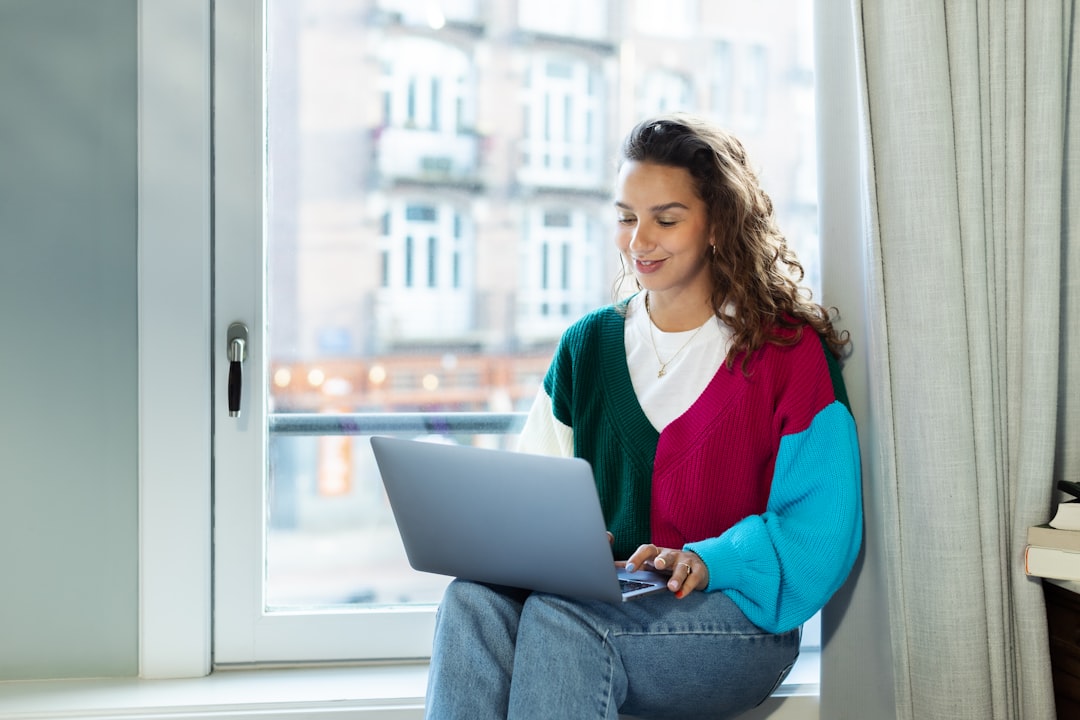
Smart Legal Moves for Digital Nomads
Learn the essential legal steps for digital nomads: pick a tax friendly residency, set up a protected business, meet cross border compliance, and use tools that keep you safe while you travel.
2 weeks ago
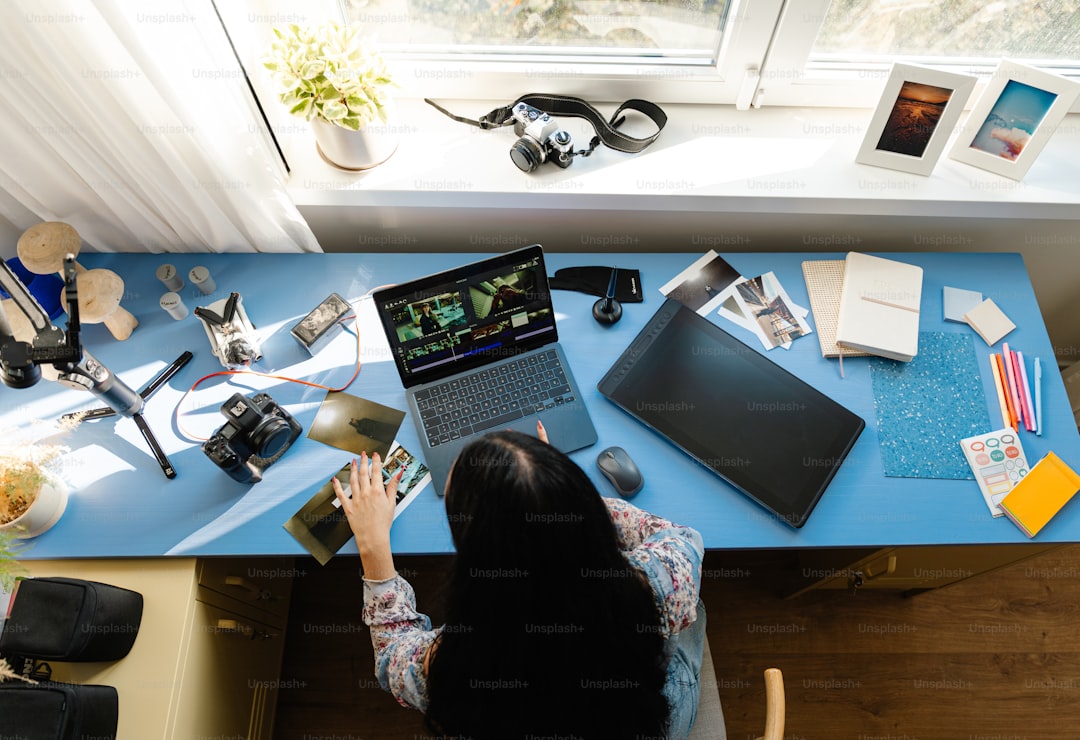
Building a Supportive Nomad Community for Better Wellbeing
A strong nomad community turns solo travel into shared wellbeing, giving you reliable health tips, mental resilience support and lasting connections wherever you roam.
1 month ago
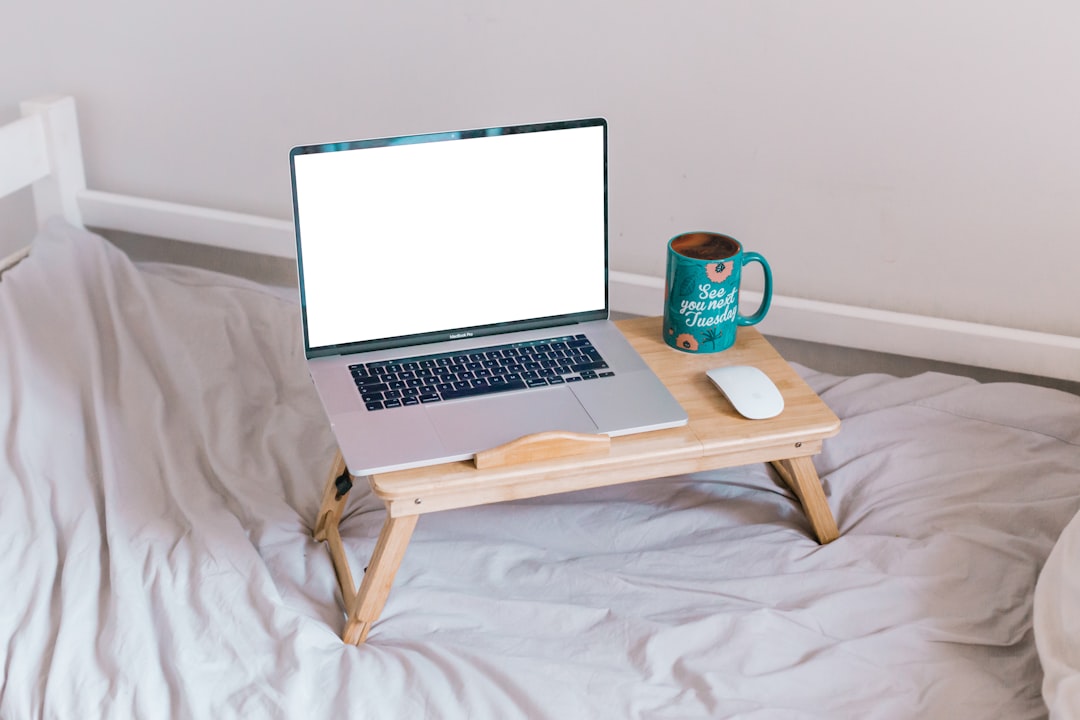
Navigating Digital Nomad Permits A Step by Step Travel Handbook
Learn how to secure a digital nomad permit from start to finish with this step by step travel handbook, packed with practical tips, common pitfalls, and real world examples to keep you compliant abroad.
1 month ago
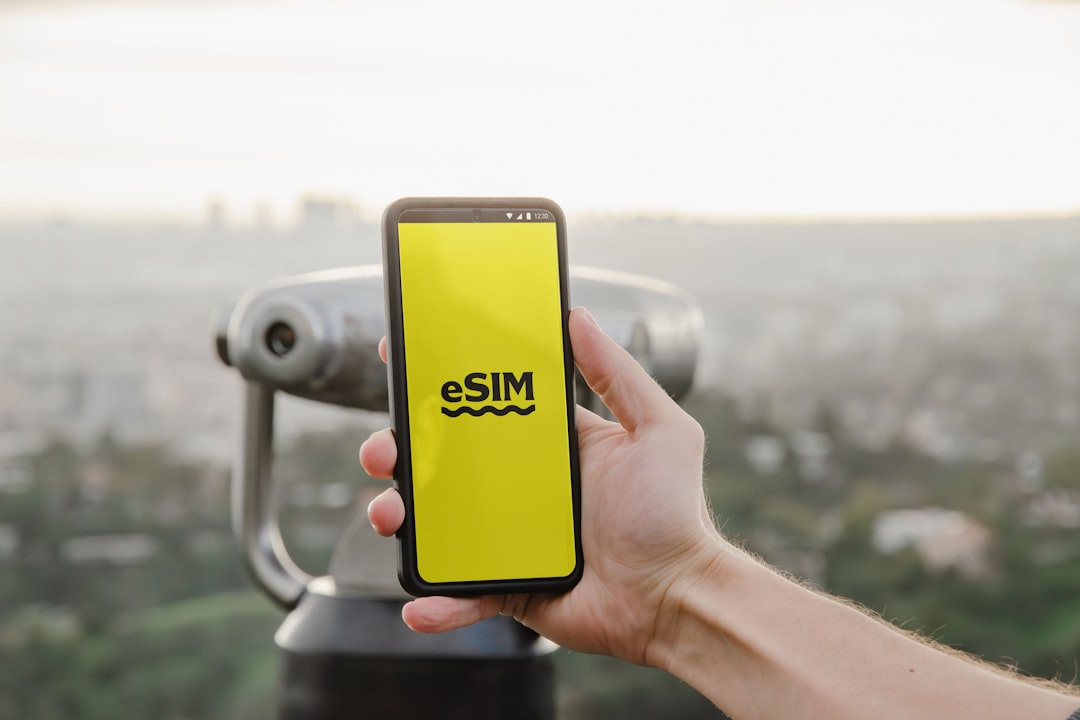
Nomad Accommodation Secrets Finding Home Anywhere
Treat each stay as a flexible tool: ask what minimum you need to stay productive, how much budget you can spend, and which culture or lifestyle you seek. Align these three questions to turn chaos into a clear home-anywhere plan.
2 months ago

Ultimate Guide to Finance, Taxes and Travel Insurance for the Modern Nomad
Discover how modern nomads can master banking, taxes and travel insurance with simple online tools, multi currency accounts, tax residency tricks and affordable coverage, so you can work anywhere with financial confidence
2 months ago
Latest Posts

Essential Software Every Remote Professional Should Use
Master remote work with essential tools: instant messaging like Slack, high definition video calls such as Zoom, and asynchronous voice apps. Streamline communication, stay connected and boost productivity.
1 day ago

Mastering Remote Work Productivity for Digital Nomads and Freelancers
Learn proven habits, tools, and tactics that help digital nomads and freelancers stay focused, deliver quality work, and maintain a sustainable lifestyle while traveling the world.
1 day ago

Tech‑Friendly European Towns Perfect for Remote Living
Discover Europe’s best small towns where fast internet, affordable living and vibrant tech communities let you work remotely while soaking up historic charm, lakeside views or mountain air.
1 day ago